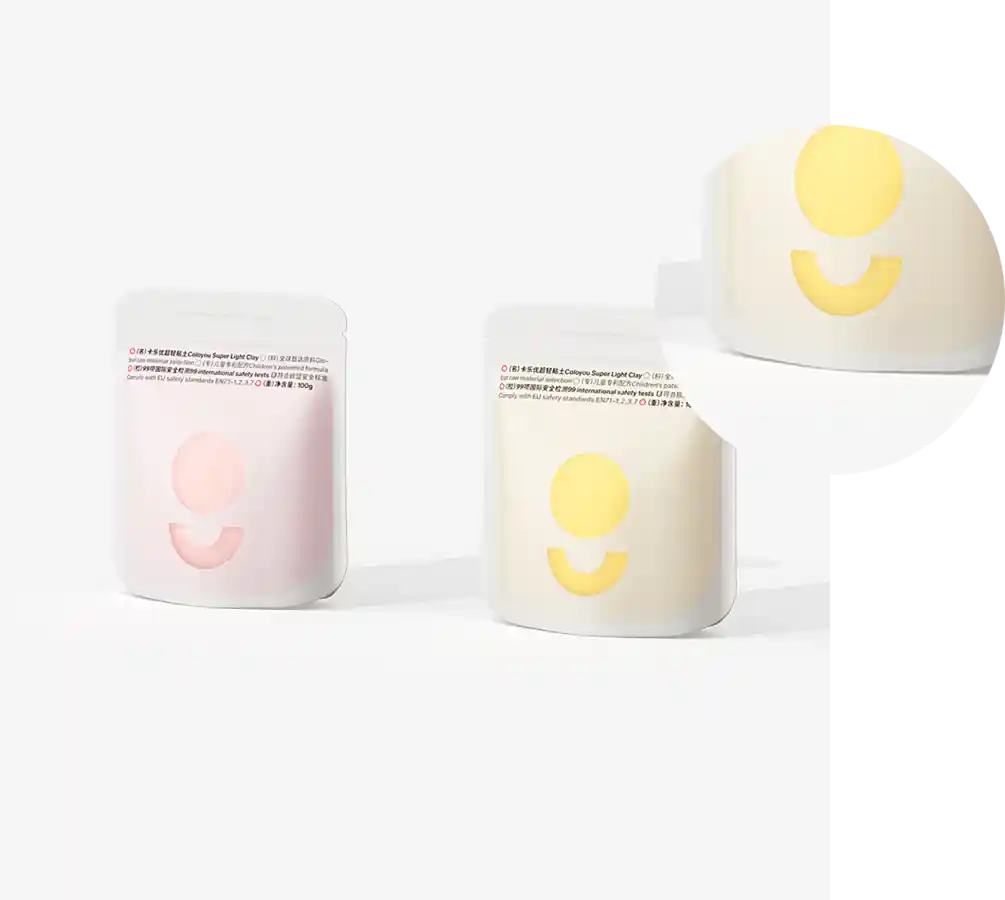chips packaging
The Evolution of Chips Packaging Enhancing Preservation and Consumer Appeal
In the modern world, where convenience and aesthetics play a vital role in product marketing, chips packaging has evolved significantly. The packaging of snack foods, particularly potato chips and similar products, serves multiple crucial functions, from preserving freshness to attracting consumers’ attention on retail shelves. This article explores the transition of chips packaging over the years, focusing on materials, design, and environmental considerations.
Historical Context
The packaging of potato chips dates back to the late 19th century, with the first commercially produced chips appearing in 1895. Initially, they were sold in bulk or in simple paper bags. As the popularity of chips grew, the need for improved packaging became apparent. Manufacturers began using tin and glass containers, which not only preserved the chips but also provided a platform for branding.
Materials in Chips Packaging
The most significant advancements in chips packaging have been driven by the materials used. In the early 20th century, the introduction of cellophane marked a turning point. This transparent, moisture-proof material allowed consumers to see the product while keeping it fresh. As technology progressed, plastic packaging materials became dominant in the industry. Today, chips are typically packaged in a multi-layer structure that includes a combination of polyethylene, aluminum foil, and polyester. This layering provides an effective barrier against moisture, oxygen, and light—factors that contribute to spoilage.
Design Innovations
The visual aspect of chips packaging has also transformed dramatically. In the past, packaging was often plain and utilitarian. However, as competition intensified, brands began to recognize the importance of design in attracting consumers. Eye-catching colors, bold typography, and creative artwork are now staples of chips packaging. Many companies also use transparent windows in their bags to allow customers to see the product inside, which enhances the appeal and conveys quality.
Incorporating unique shapes and resealable features has further enhanced functionality. Resealable bags, for instance, cater to on-the-go consumers, making it easy to enjoy chips without sacrificing freshness. These innovations highlight the dual focus on practical usability and aesthetic appeal, ensuring that consumers have a memorable and satisfying experience.
Health and Transparency
chips packaging

As consumer awareness of health and nutrition rises, there has also been a shift toward transparent packaging that conveys product attributes. Many brands now emphasize natural ingredients, lower calories, and non-GMO certifications on their packaging. This trend towards transparency is mirrored in the design of the packaging, with minimalistic aesthetics that highlight health benefits rather than cluttering the visual space with excessive marketing slogans.
Sustainability Challenges
In recent years, environmental concerns have emerged as a critical issue in the packaging industry. The traditional materials used in chips packaging, especially plastics, contribute significantly to environmental pollution. In response, many companies are exploring sustainable alternatives, including compostable materials and recyclable packaging.
Brands like Lay’s and Pringles have initiated programs aimed at reducing their environmental footprints. They are investing in research to develop more sustainable materials, advocating for recycling initiatives, and even committing to reducing the overall volume of packaging used. These efforts not only address consumer concerns but also enhance brand loyalty among environmentally-conscious consumers.
The Future of Chips Packaging
Looking ahead, the future of chips packaging will likely be shaped by continued technological advancements and evolving consumer preferences. Innovations such as smart packaging equipped with sensors could help monitor freshness and provide real-time information about the product's state. Moreover, the trends toward sustainability will prompt manufacturers to rethink their packaging strategies fundamentally.
Moreover, digital printing technology will allow for more personalized packaging, responding to consumer preferences and trends in real-time. The integration of augmented reality elements could also enhance consumer engagement, making the experience of purchasing chips more interactive and informative.
Conclusion
Chips packaging has undergone a remarkable transformation over the years, driven by advancements in materials, design, health consciousness, and sustainability. As consumer preferences continue to evolve, the industry must adapt by embracing innovation and prioritizing both functionality and environmental responsibility. Engaging designs and sustainable practices will ensure that chips packaging not only preserves the beloved snack but also resonates with the values of modern consumers. Ultimately, the journey of chips packaging reflects broader trends in society, where convenience, quality, and environmental awareness converge.













